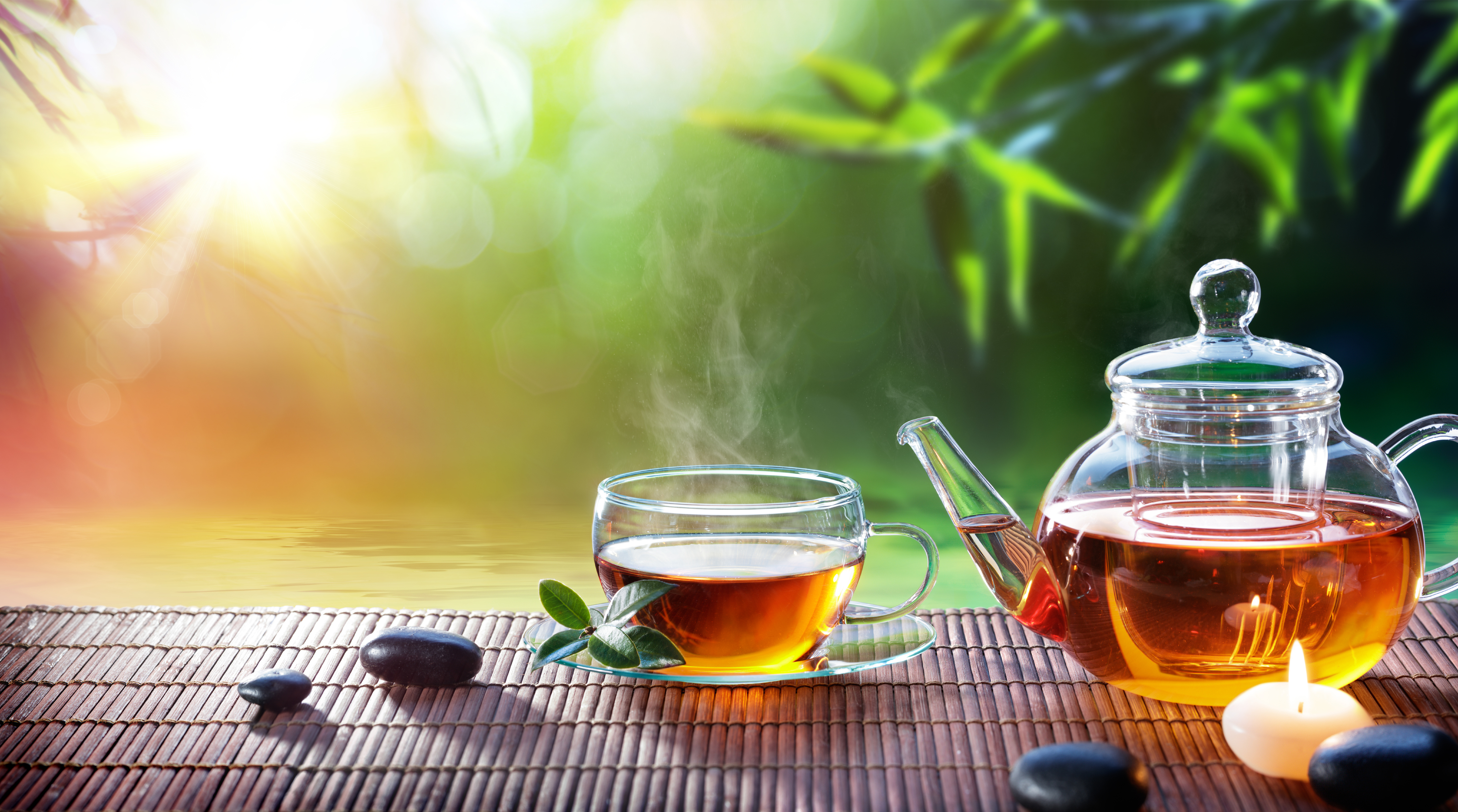Author- Dr. James Rouse
The ritual and history of drinking tea dates back thousands of years to Southwest China and the Shang Dynasty (around 1600 BCE). Physical evidence has shown that green tea (Camellia sinensis) was consumed for medicinal purposes during the Han Dynasty (around 206 BCE). Early evidence of tea consumption in Japan dates to the 9th century AD and remains a staple in the country. Tea, more specifically black tea, was popular in the early American Colonies until around 1773 when the Boston Tea Party made it “unpatriotic” to drink black tea and Americans began turning to herbal tea infusions like peppermint, dandelion, sage, and chamomile.
Fast forward a few hundred years and researchers in the West are discovering many benefits of different types of teas and consumers are literally drinking it up. In general when referred to as simply “tea,” whether in conversation or in research, the tea being referred to is either green, black or white tea, all derived from the Camellia sinensis bush. It's in the harvesting and processing that distinguishes quality, aroma, taste, and even health benefits. This tea contains caffeine.
Studies have demonstrated that drinking tea may have a preventive affect against certain cancers, diabetes, and heart disease. A recent (June 2017) meta-analysis of 21 studies found that drinking green tea significantly decreased total cholesterol and LDL levels in overweight or obese individuals. The combination of caffeine and theanine, both components of tea, appear to work together to help decrease symptoms of anxiety, and improve mood, memory, focus, and overall brain function.
Herbal teas are made from leaves, flowers, stems, roots, barks and seeds of many plants. Herbal teas also have a thousands-of-years old history of being used culturally and medicinally. From cancer-prevention to warding off colds, aiding sleep, benefitting vision, and supporting just about every system in the body, herbal teas can be used as supplementary healing modalities. They can be equally powerful and gentle.
Three of the most popular herbal teas (in America) – chamomile, peppermint, and hibiscus – have a long history of use in the home. Chamomile has been used as a calming and anti-inflammatory tea. Peppermint has been used to aid digestion and help relieve gas and bloating. Both chamomile and peppermint have shown evidence of antimicrobial activity and peppermint has been shown to have antioxidant and anti-cancer qualities. Drinking hibiscus tea has shown promise in benefitting individuals with high blood pressure.
Whether your tea preference leans towards caffeinated (green or black) tea or caffeine-free herbal tea, the simple, comforting ritual of pouring hot water into a mug or tea pot, adding a favorite loose or bagged tea and patiently waiting for the decoction to steep, can truly be a blissful experience. And treat tea with respect. Whether green, black, or herbal, tea can actually have a powerful effect in the body. Pregnant or nursing women should consider and discuss their tea drinking habits with their health care providers to be sure they are making the best choices for themselves and their babies.


